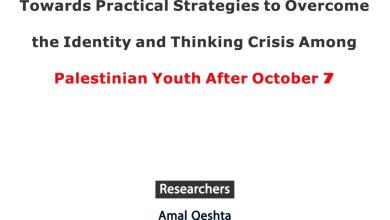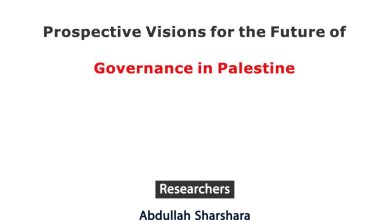Policy Paper: The Crisis of Gaza Strip Crossings: some Possible Solutions?

I. Introduction:
While the Israeli government ‘unilaterally’ disengaged from the Gaza Strip and dismantled the settlements in 2005, it continued to control key points of exit/entry and access into this Palestinian territory. Additionally, the Palestinian Authority (PA) and Israel signing the Agreement on Movement and Access (AMA) would allow the PA to control the crossing, with the EU as a monitor and Israel present through a remote monitoring system. That said, with Hamas’ election in 2006, the Gaza Strip was put under political and economic blockade, resulting in complete closure of the territory. As a result, the AMA was frozen. Between the year of 2011 to mid 2013, a period that witnessed the fall of the long lasting Mubarak regime and the election of Morsi, the Rafah Crossing witnessed an unprecedented easy access from and to the Gaza Strip, with a better operating conditions compared to previous years. However, after Morsi’s isolation in Jun of 2013 until today, the border crossing has been virtually closed off to the free movement of people and goods. The demise of the Muslim Brotherhood regime in Cairo, along with the destruction of the tunnels between Egypt and Gaza, by Egyptian authorities, resulted a problematic environment under which the Palestinian people in Gaza are suffering severely . Since June 2013, the Egyptian authorities do in fact allow the opening of Rafah crossing for 3-4 days every couple of weeks, only a hundreds of travelers are allowed to transit in and out of the Gaza Strip. This article begins by providing a general overview of the problems at hand, suggesting some possible ‘solutions’ that are achievable despite the current political deadlock.
Download and Read Full Paper :




